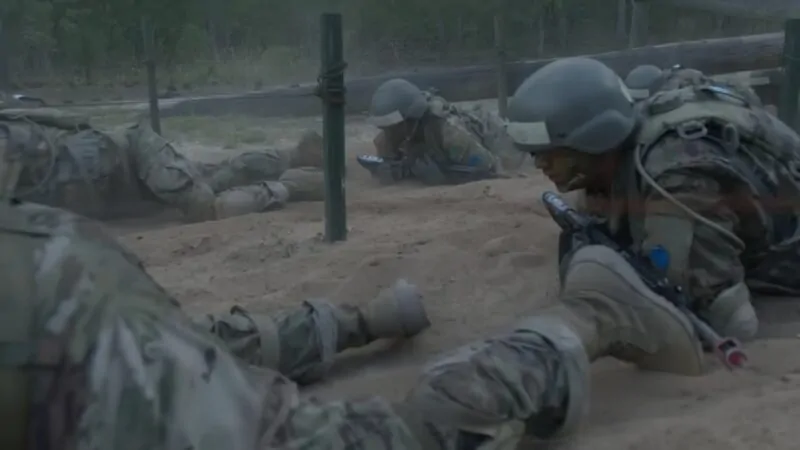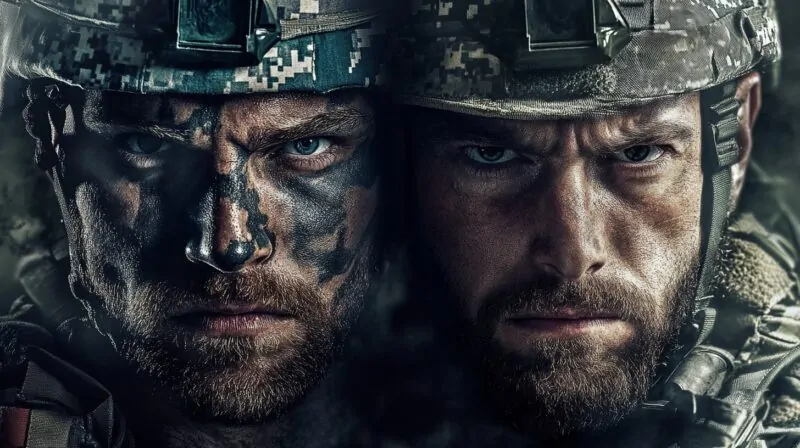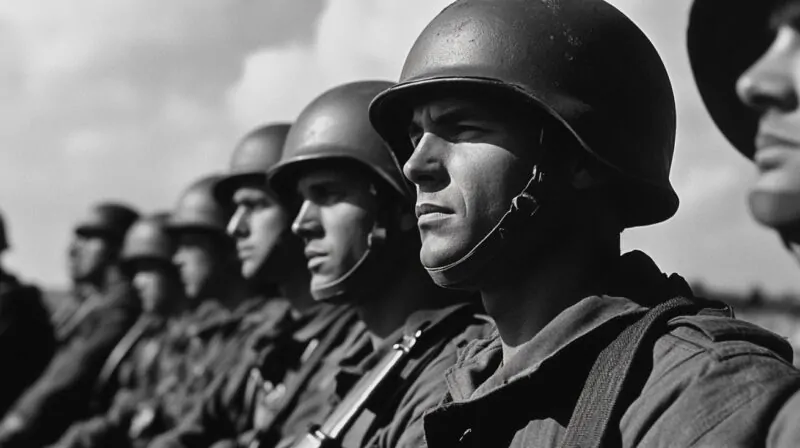In combat, physical readiness and mental resilience are paramount. That is why tactical military training cannot be done properly without these two.
Soldiers undergo rigorous training to sharpen their combat skills and ensure they are fully prepared for real-world battle scenarios.
Below, we want to discuss key tactical military training techniques designed to enhance combat performance and ensure long-term readiness.
Table of Contents
Toggle1. Functional Strength Tactical Military Training for Combat Readiness
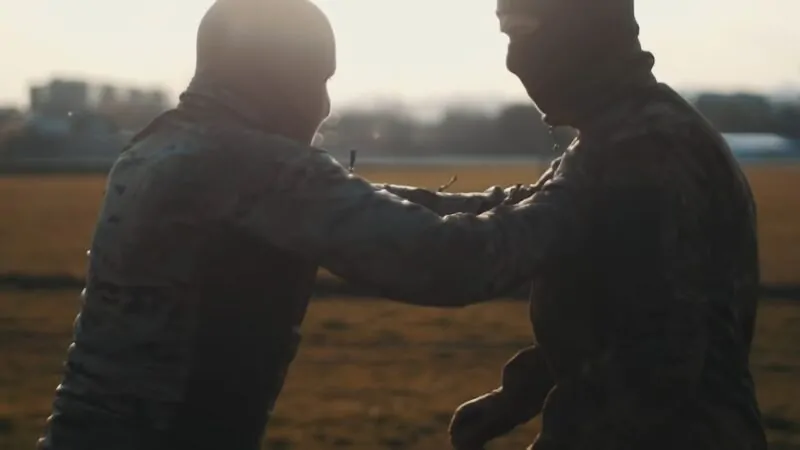
Functional strength is the backbone of Tactical Military Training.
- Hand-to-hand combat
- Carrying heavy equipment
- Effective weapon handling
Tactical military training often includes exercises that mimic real-world combat situations, preparing soldiers for the physical demands of the battlefield.
Deadlifts and farmer’s walks are integral exercises to build grip and core strength, which are essential for endurance in combat scenarios.
These movements engage multiple muscle groups, providing full-body conditioning and power, which are crucial for lifting, carrying, and operating heavy gear.
Exercises like Zottman curls enhance grip endurance, ensuring soldiers maintain control during intense hand-to-hand situations or while managing firearms for extended periods.
Military-specific movements like sandbag get-ups and push presses enhance functional mobility and endurance.
These exercises focus on practical strength, training the body to perform in unpredictable environments.
Regular engagement in these exercises ensures soldiers build the explosive power, strength, and stamina necessary to thrive under the physical pressures of combat.
2. Tactical Fitness and Ruck Runs
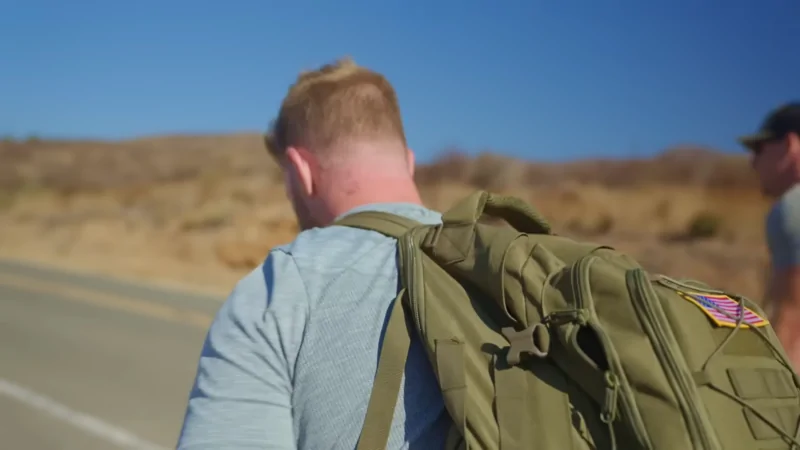
Tactical fitness is a critical aspect of military training, and ruck running plays a major role in building it.
Ruck runs involve carrying heavy loads over long distances, mimicking real-life scenarios where soldiers must transport gear, weapons, and supplies during prolonged missions.
- Core
- Legs
- Cardiovascular system
These runs not only improve cardiovascular fitness but also build strength in the lower body, essential for long marches and battlefield movements.
Soldiers who regularly engage in ruck runs can better withstand the physical stress of long missions and carry essential supplies without tiring quickly.
Individuals who indulge in this kind of training need guidance from experienced trainers, like tactical fitness trainers who obtained their certification at ASFA.
The repetitive, challenging nature of these exercises mirrors the psychological resilience needed in combat.
Training for endurance through ruck runs fosters the mental and physical fortitude necessary for operational success, preparing soldiers for the rigors of battle and ensuring they can sustain themselves through long missions.
3. Combat Agility & Explosive Power
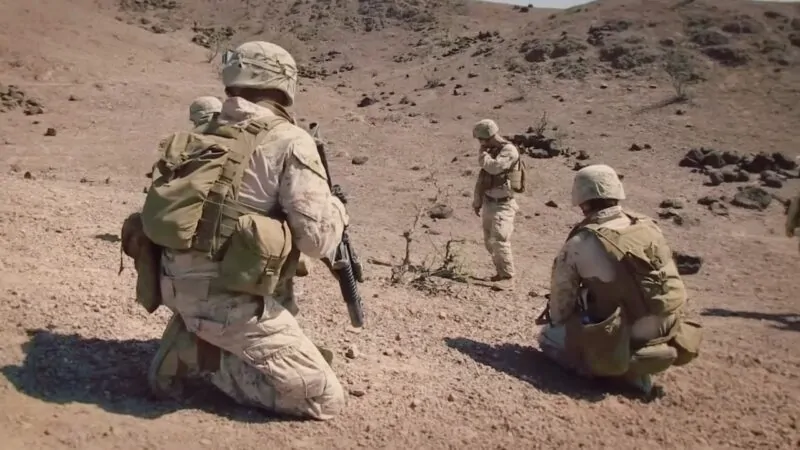
In combat, the ability to change direction rapidly and move explosively can mean the difference between success and failure.
- Navigate obstacles
- Dodge enemy fire
- Maneuver through complex terrains
Combat agility and explosive power training are necessary to build the speed and quickness for battlefield maneuvers including:
- Sprints
- Plyometrics
- Agility drills
Sprints increase a soldier’s capacity to move quickly over short distances, while plyometric exercises like box jumps and depth drops help develop explosive leg power.
These movements are essential for climbing over obstacles or launching into quick attacks.
Agility ladder drills further improve footwork and coordination, allowing soldiers to adapt to sudden changes in direction.
Soldiers learn to react quickly under pressure, making decisions in split seconds while executing rapid movements.
4. Mental Resilience Training
Combat is not only physically demanding but also mentally taxing.
Mental resilience training is a cornerstone of military preparation, equipping soldiers with the mindset necessary to perform under extreme pressure.
Soldiers must develop the mental toughness to surpass the minimum standards, pushing beyond their limits in both training and real-life scenarios.
Soldiers are encouraged to cultivate a mindset where survival is not the only goal, but thriving in challenging situations becomes second nature.
Leadership qualities are also honed during mental resilience exercises, as soldiers learn to maintain composure and make critical decisions under stress.
One of the primary aspects of mental resilience training is learning how to cope with fear and adversity.
Over time, this type of mental conditioning allows them to respond effectively in the chaos of combat, ensuring they can perform at their best even when faced with overwhelming odds.
5. Tactical Teamwork and Group Training
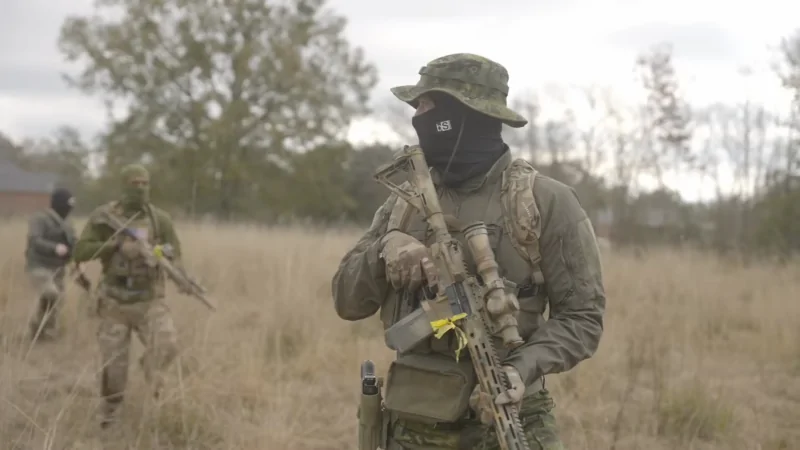
Combat is rarely a solo endeavor. Tactical teamwork and group training are essential for soldiers to learn how to operate efficiently as part of a team.
Tactical military training emphasizes collaboration, communication, and mutual support, reflecting the realities of the battlefield where unit cohesion is crucial for success.
Team-oriented workouts, such as group ruck runs or shared weight carries, simulate real combat scenarios.
These exercises foster a sense of camaraderie and trust among soldiers, teaching them to rely on one another to complete physically demanding tasks.
Teamwork is just as important as individual strength, as soldiers must work in unison to achieve mission objectives, which translates to accepting leadership.
The emphasis on teamwork also extends to problem-solving under pressure.
Group challenges often require soldiers to coordinate their efforts, communicate effectively, and support each other to overcome obstacles.
6. Strength-Driven Endurance & Work Capacity
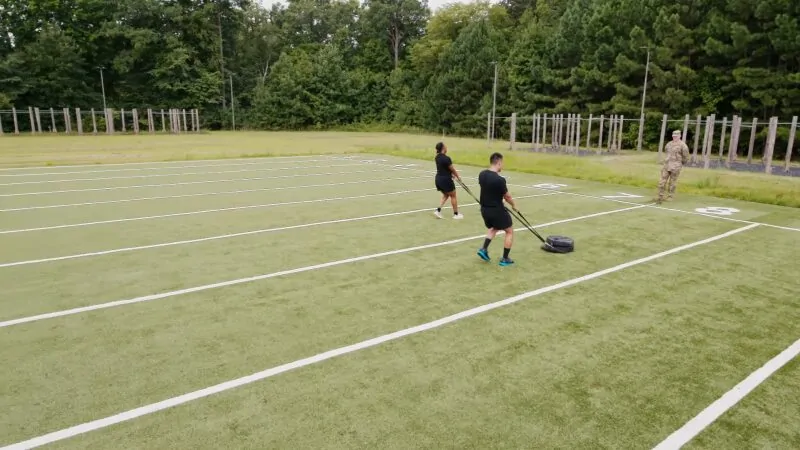
Developing both strength and endurance is vital for soldiers who need to sustain prolonged physical exertion in combat.
- Sled pushes
- Sandbag carries
- Barbell complexes
These activities simulate battlefield tasks such as evacuating injured comrades or carrying heavy equipment across difficult terrain.
Exercises like sled pushes are particularly effective for building leg strength and stamina. Sandbag carries enhance grip and core endurance while training the body to maintain balance under shifting loads.
Barbell complexes, which combine multiple lifts into a single, continuous sequence, are excellent for building total body strength and conditioning.
7. Tactical Fitness Longevity & Recovery
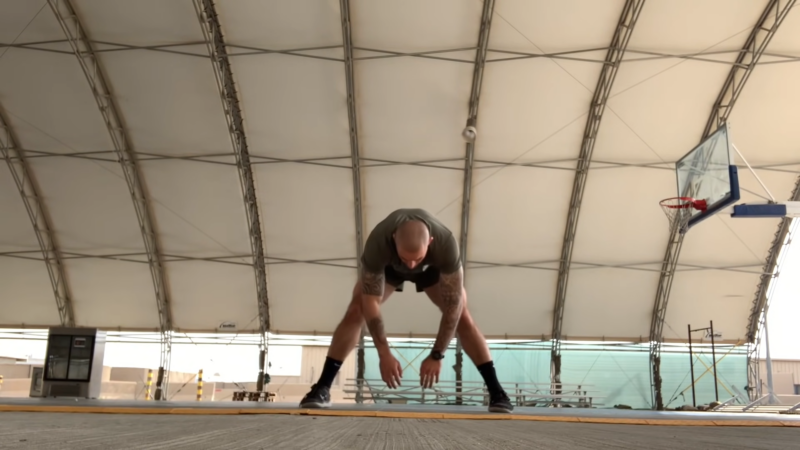
Longevity in tactical fitness requires more than just strength and endurance. A large percentage of it depends on recovery and mobility.
- Maintaining long-term physical readiness
- Preventing injuries
Soldiers who prioritize recovery are better equipped to maintain peak performance throughout their careers.
Flexibility exercises, including stretching and yoga, help improve joint mobility and muscle flexibility.
These exercises reduce the risk of injury, especially in high-impact or strenuous combat situations.
Recovery sessions, such as foam rolling or targeted massage, promote muscle repair and reduce soreness, ensuring soldiers are ready for the next challenge.
The Bottom Line
Combat readiness demands a balance of physical strength, endurance, mental resilience, and teamwork.
These tactical military training techniques prepare soldiers for the intense physical and mental demands of combat while ensuring long-term fitness and operational longevity.
Related Posts:
- The Role of FPV Drones in Tactical Military Applications
- What Is MOLLE? Why All Quality Tactical Gear Has It
- Top Counter UAV Solutions to Combat Drone Threats
- US Military Ready to Combat Los Angeles Wildfires
- How Is AI Used in the Military to Enhance Combat Strategies?
- Tupolev Tu-300 - Blending Speed, Stealth, and…

